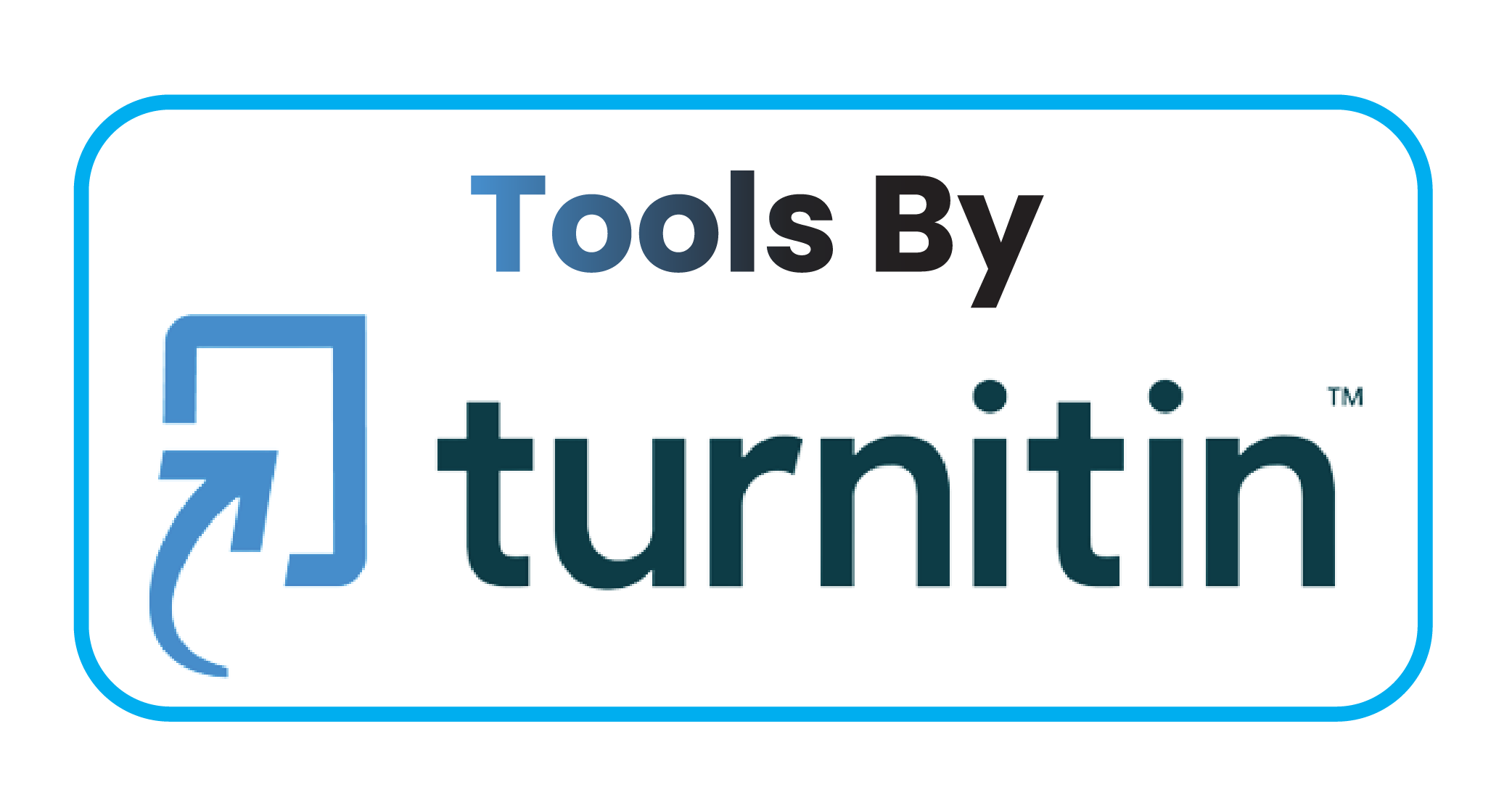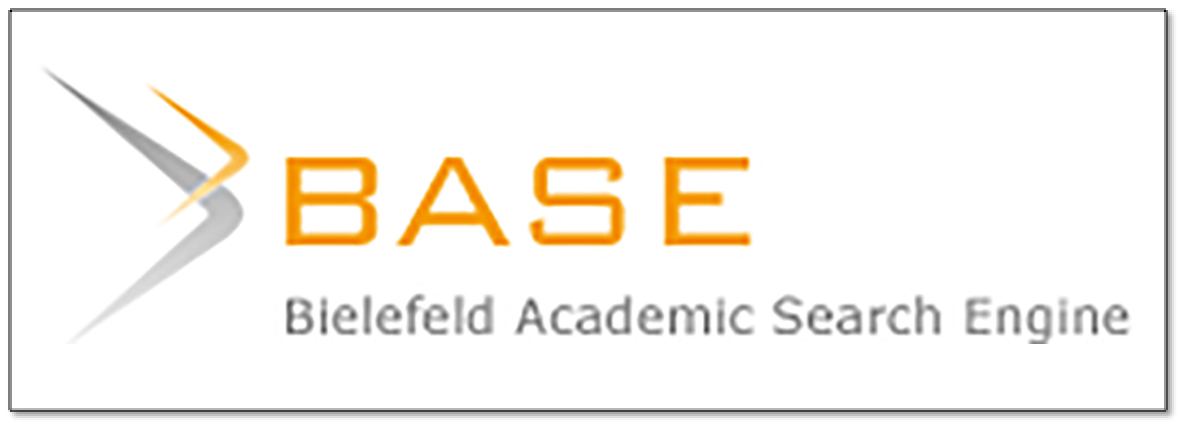A Study on Sustainable Waste Management Facilities (Reception Facilities) at Ports: A Case Study of Tanjung Priok Port
DOI:
https://doi.org/10.59888/ajosh.v3i8.552Keywords:
Ports, reception facility, Hazardous Waste and Non Hazardous wasteAbstract
This study investigates the effectiveness of hazardous (B3) and non-hazardous (Non-B3) waste management at Tanjung Priok Port through the implementation of Reception Facilities (RF) to support the Green Port initiative. Although the RF infrastructure complies with the Ministerial Regulation of Environment (Permen LH) No. 05 of 2009, Article 5, its utilization remains significantly low at only 0.27%. This inefficiency is attributed to high operational costs, limited awareness among ship operators, and insufficient waste processing capacity. Waste composition is dominated by hazardous materials such as used lubricant oil, sludge oil, and solid oil slop, while non-hazardous waste includes domestic, plastic, and organic waste. Furthermore, only 52% of personnel are adequately trained in waste management practices, highlighting a critical human resource gap. Used SWOT analysis, the strategic position of the RF system falls within the Strength–Threat (S–T) quadrant, indicating the need for a defensive diversification strategy. This strategy emphasizes leveraging existing infrastructure and regulatory compliance to address external challenges such as policy enforcement and operational constraints. The findings suggest improving RF utilization through cost reduction, stakeholder engagement, and capacity building will enhance the port’s environmental performance. This study contributes to the broader implementation of Sustainable Development Goals (SDGs) 6 (clean water and sanitation), 12 (responsible consumption and production), and 14 (life below water), offering a replicable framework for other ports in Indonesia and globally.
Downloads
Published
Issue
Section
License
Copyright (c) 2025 Yunita Fahmi, Haruki Agustina, Evi Frimawaty

This work is licensed under a Creative Commons Attribution-ShareAlike 4.0 International License.
Authors who publish with this journal agree to the following terms:
- Authors retain copyright and grant the journal right of first publication with the work simultaneously licensed under a Creative Commons Attribution-ShareAlike 4.0 International. that allows others to share the work with an acknowledgement of the work's authorship and initial publication in this journal.
- Authors are able to enter into separate, additional contractual arrangements for the non-exclusive distribution of the journal's published version of the work (e.g., post it to an institutional repository or publish it in a book), with an acknowledgement of its initial publication in this journal.
- Authors are permitted and encouraged to post their work online (e.g., in institutional repositories or on their website) prior to and during the submission process, as it can lead to productive exchanges, as well as earlier and greater citation of published work.










